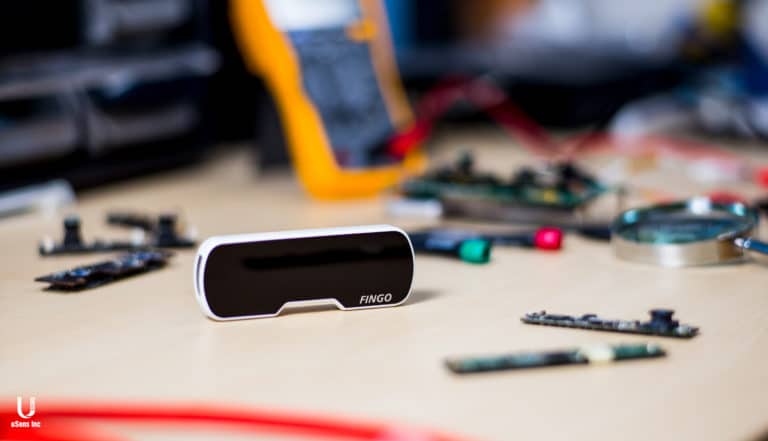
It’s the end of the year which means lots of next-year predictions. ARtillry is in production for its December Intelligence Briefing which will synthesize XR’s 2017 learnings and 2018 predictions.
Until then, we heard from our past interview subject and uSens CTO Dr. Yue Fei, who shared his outlook for 2018. We’ve featured them verbatim below, followed by our own thoughts. We’re aligned on predictions but will still state the standard disclaimer that the opinions are his own.

1. Mobile VR will surge in popularity thanks to the arrival of the affordable Oculus Santa Cruz and HTC Focus headsets. This increase in headset sales will entice developers to invest in creating better content, further spurring industry maturity.
2. Cell phone service providers will see the potential in offering VR experiences to those with high-end smartphones. This will lead to more smartphone/headset bundle deals, which consumers will embrace.
3. AR/VR experiences will become more immersive as intuitive, interactive technology like hand-tracking is prioritized by developers.
4. Driven by an increase in AR-ready smartphones, improvements to object recognition software will improve ecommerce AR uses such as virtual wardrobes, Amazon pop-up stores, and in-store product information. Augmented reality and the technology that brings it to life will increase its prevalence in our lives.
5. eCommerce and marketing campaigns will noticeably adopt the tech first, prompting involvement from industries not wanting to be left behind. This is already apparent in the automotive industry, where vehicle operating systems and heads-up displays are integrating hand/eye-tracking technologies.
A few themes we’ll highlight include VR’s acceleration — in adoption and content — due to lower-priced untethered HMDs (#1). He highlights Oculus Santa Cruz which we agree will hit a sweet spot for tier-1 functionality in a streamlined package. Oculus Go will be a stepping stone in 2018.
We like his thoughts on commerce drivers for mobile AR (#4). Retail shopping and other local commerce will drive AR — first by developers building AR apps, then brands and retailers, then consumers. Native thinking will be a success factor, and the AR cloud will drive geo-relevant apps.
Lastly, Dr. Fei points to enterprise as an opportune area for XR (#5). This will pick up in 2018 as enterprises (such as automotive) realize clear ROI from AR integrations. There will be a snowball effect as adoption begets more adoption through case studies and ROI proof points.
Stay tuned for more 2018 outlook and 2017 learnings.
For a deeper dive on AR & VR insights, see ARtillry’s new intelligence subscription, and sign up for the free ARtillry Weekly newsletter.
Disclosure: ARtillry has no financial stake in the companies mentioned in this post, nor received payment for its production. Disclosure and ethics policy can be seen here.
